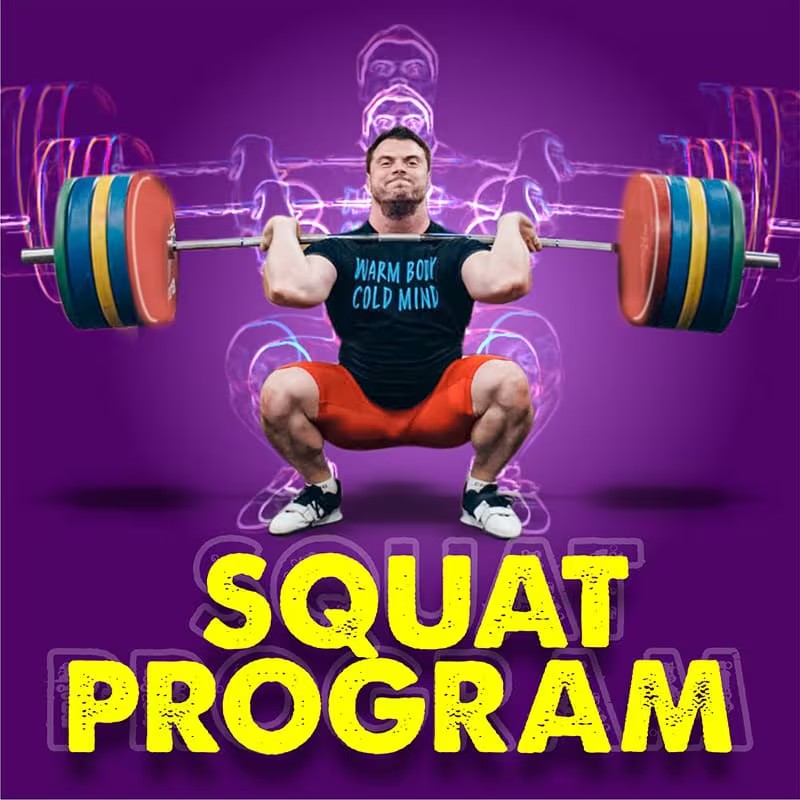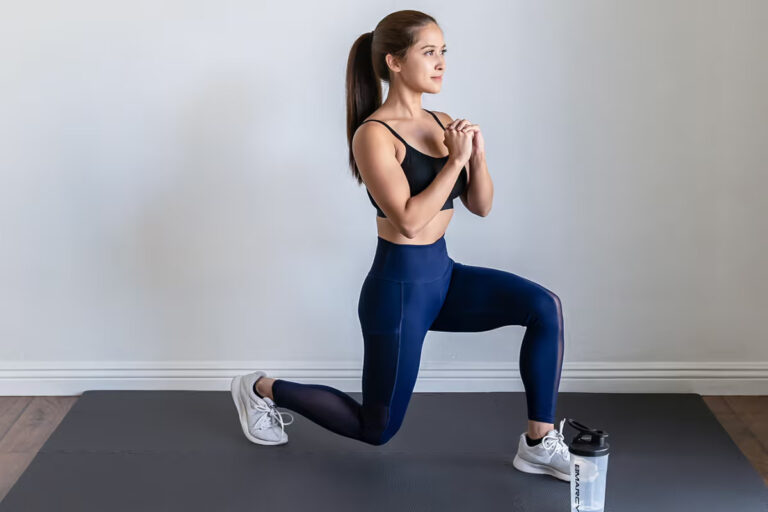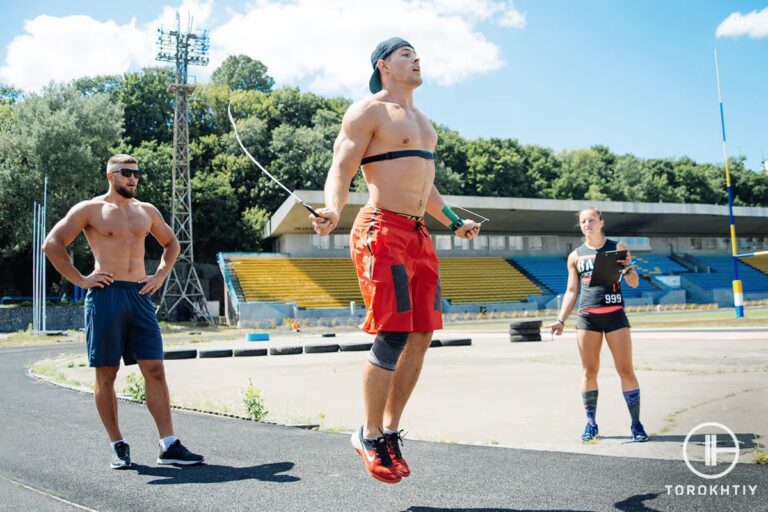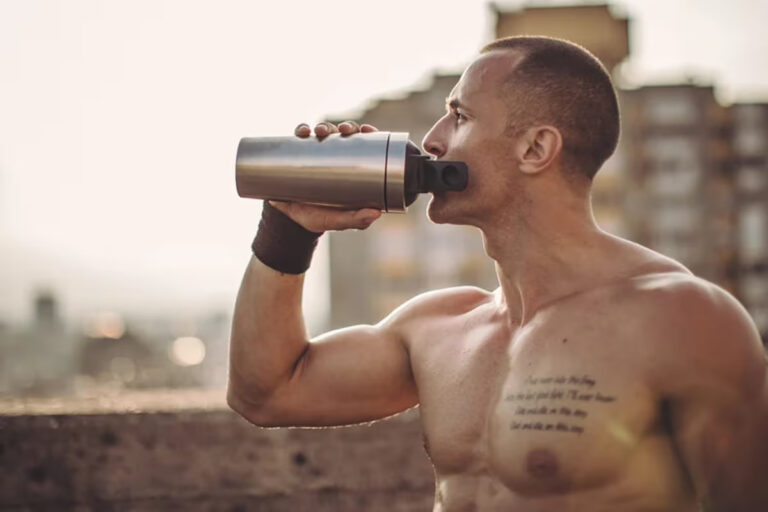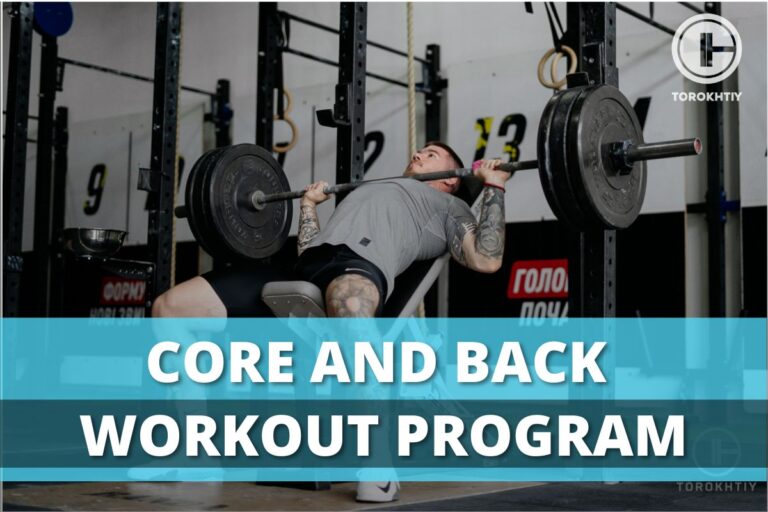Squat Bar Placement: Does It Matter?
The first question that pops into the mind of every lifter when squatting is: Where should I place the bar? Does it matter?
Squat bar placement is crucial in squatting because it influences the effectiveness of the squat workout routine, providing vital insights into the steps required to set up the squat bar.
Furthermore, proper bar placement for squats helps to reduce the risk of injuries. It helps lifters maintain a good form while achieving their workout objectives.
In this article, we will learn where to place bar when squatting. We will also cover some factors to consider before deciding where to put the bar. We will also provide a step-by-step guide on how to perform squats properly.
Squat bar placement determines the effectiveness of squat workouts and offers insight into the step-by-step guide required to achieve one’s goal. Some factors, such as workout goals, muscles targeted, and form, affect squat bar placement.
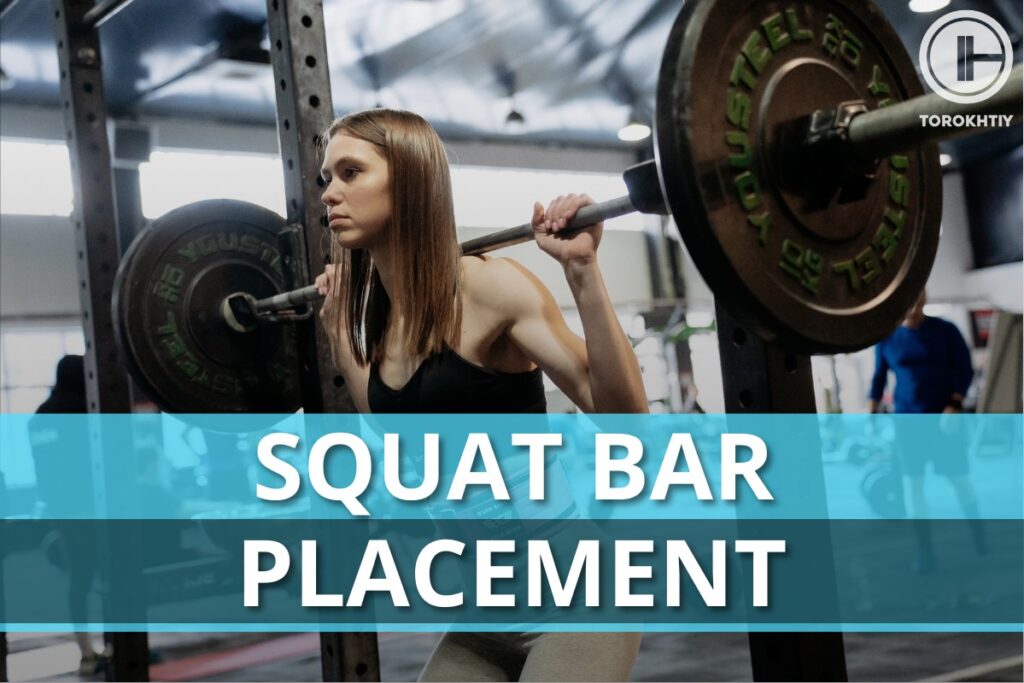
Where should you put the bar when squatting?
The position to place the bar depends on many factors, such as your workout goals, performance needs, and form. It also depends on whether you are performing high or low-bar squats.
Placing the bar wrongly will affect your squat performance, stop you from achieving your workout goals, and increase the chances of injuries. That’s why you need to know proper squat bar placement.
Here’s an in-depth overview of the factors that determine bar placement:
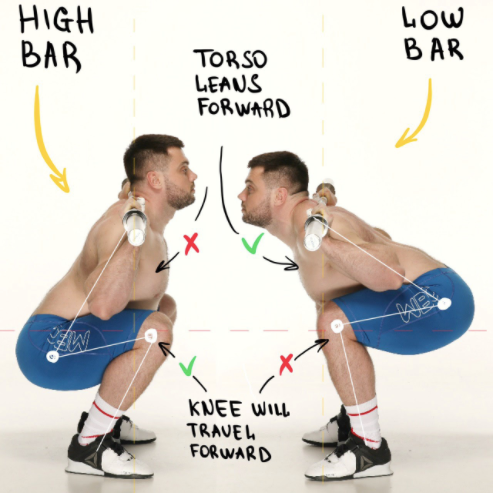
1. High vs. low bar squats
In a high bar squat, the bar is positioned at the base of the neck. High squat bar placement is ideal for Olympic weightlifting and bodybuilding and those looking to gain muscle mass in the quadriceps. It allows one to maintain a more upright position.
In a low bar squat, the bar is positioned 2 to 3 inches beneath the base of the neck. Low squat bar placement is suitable for powerlifting because it allows one to lift more weights.
A study analyzing the effects of barbell placement on kinematics and muscle activation in squats produced interesting results. The participants experienced increased muscle activity in the rectus femoris, the lower part of the erector spinae, and vastus medialis with the high bar, compared to the low bar. In addition, the low bar produces less strain on the erector spinae.
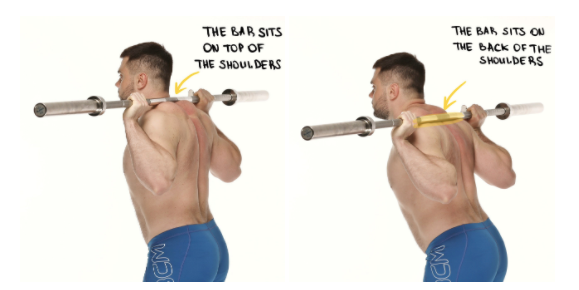
2. Performance needs
Your performance needs will determine the barbell position for squats.
Whether your goal is to gain lower body strength or generate higher muscle activation for specific muscles such as the gluteus maximus, hamstrings, vastus medialis, and rectus femoris, you need to consider your performance needs.
Low bar squats are suitable for general bodybuilding because they promote more muscle activity than high bar squats. In addition, a low bar squat promotes muscular activation in the gluteus maximus, hamstrings, vastus medialis, and rectus femoris muscles than a high bar squat.
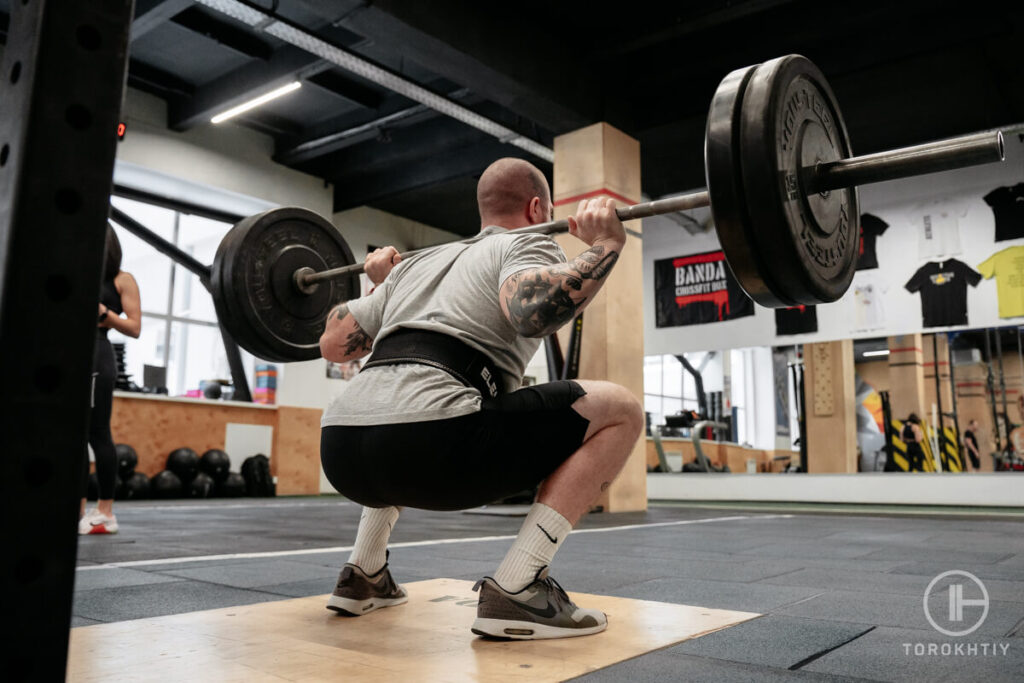
3. Form
Your form will affect the barbell position for squats. The recommended position of the bar is just over the midline of your feet. If you are performing low-bar squats or high-bar squats, your form will change depending on the squat bar placement.
In a high bar squat, the barbell is placed on the top of your shoulders.
In low bar squats, the barbell is placed a few inches below the posterior deltoids.
4. Muscles Targeted
Various types of squats will target every muscle in the lower body. However, the squat bar position for squats redirects the focus onto the posterior chain or anterior.
Since the recommended position of the bar is over the midline of the foot, placing the bar high or low on your back will alter the angles of your back, knees, and torso a little.
If you perform high bar squats, the exercise will target your quadriceps muscles because of the upright position of your trunk. To maintain an upright position, you need flexible ankle mobility and forward knee bend.
If you’re more inclined towards low bar squats, you need to swing your hips more to target your glutes and erector spinae.
Several factors, such as mobility, torso length, and femur length, will affect the exact angle of your torso.
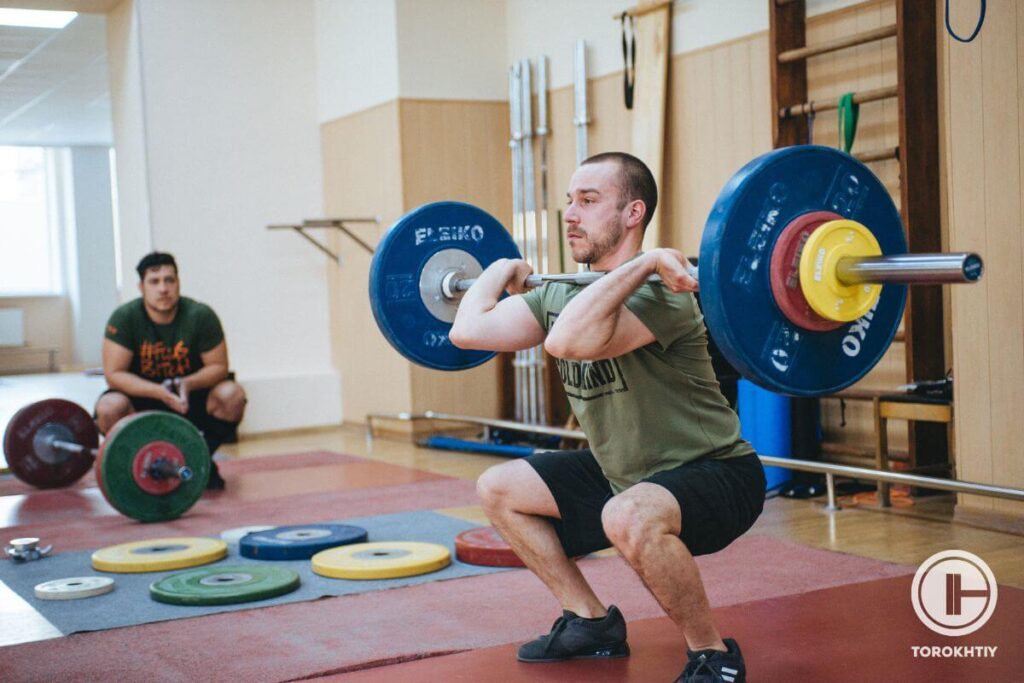
How to perform squats properly?
Squatting is a popular exercise in weightlifting. It enhances flexibility, and range of motion and strengthens the core muscles. The core helps to stabilize the body and reduces the risk of lower back pain and injuries.
Performing squats properly will allow you to achieve your workout goals and maximize the benefits of squatting.
There are two stages in performing a squat:
1. The Squat Set-Up
When setting up for squats, the stance differs. But, generally, your feet should be placed hip and shoulder width away with your toes turned out a little. Your trunk should be neutral with chest open and high, and shoulders leaning back and down. Ensure that you place your heels down and are involved throughout the motion. You can join hands before your chest for support.
🔻12 Week Squat Program by Oleksiy Torokhtiy
Do you want to double your squat strength? In just 12 weeks, you’ll be able to boost your squat results.
This program transforms any ordinary squat into a powerful athletic movement.
What’s included:
- 12 weeks of squat programming;
- Effective combination of sets, reps, and weights;
- Fully designed and coached by Oleksiy Torokhtiy;
- Over 60+ movements, banded work, and weight training;
- Accessory work for core, joint stability and injury prevention;
- Max out on back squat and front squat at the end.
Start now and boost your squat results!
2. The Squat Execution
Start the movement by moving your hips backward. Picture sitting back in an invisible chair.
Bend your knees and go down as low as possible with your chest pushed in a restricted motion. Ensure your lower back is neutral. Target getting thighs in the same direction as the floor. To achieve this, bend down so your thighs align with your knees. If you have more mobility, lower further. Push through your heels to get up, moving your feet onto the ground.
Here is a step-by-step guide for each position:
1) Back squat
Back squat is among the most popular variations of squatting.
Step 1: Set up a strong foundation
Begin by stepping beneath a barbell, prepare your mind to lift the barbell higher up the rack.
Although you need to move out of the rack to set up your stance for the squat, you should ensure your feet are in a good squat stance position. Your feet should be slightly narrower to allow you to squat with the load.
Step 2: Grip firmly
The back squat bar position to hold the barbell differs from person to person, but it’s very similar. Most quality barbells come with two rings on the knurling on any side of the bar, around six to eight inches from the bottom of the bar. You can use it as a guide to position your fingers correctly. Check which width feels comfortable. It may be your ring finger or middle finger.
After finding a comfortable hand position, grip the bar firmly by wrapping your thumbs around it. Move your elbows down and in at a close distance to your lats. This allows you to pull the barbell freely onto your traps, producing a firm shelf for the bar to rest on.
If you’re performing low back squats, position the barbell a little more on the lower traps and rear delts.
Step 3: Maintain a good stance
To remove the barbell from the rack, perform a partial squat. Move a step backward with each leg, and then rearrange your feet. Maintain a stance that is hip-width apart with toes turned out. Ensure your weight is balanced across your feet and vision straight.
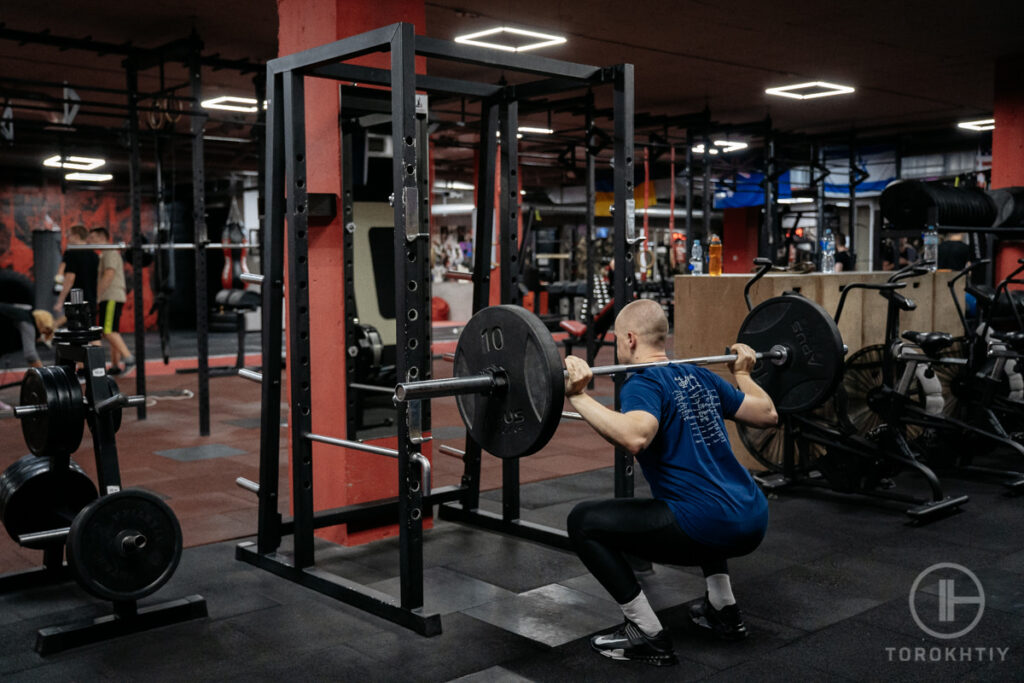
Step 4: Go straight down
From an upright position with your eyes fixed straight, take a deep breath, engage your core, and then go down straight. You can try going down until your pelvis sits directly between your feet. Sit as low as possible, considering your comfort and flexibility. Your thighs should be parallel to the floor.
Step 5: Drive up
After you’ve reached the end of your range of motion, do everything in reverse and assume the standing position.
Press with your legs, attempting to return with the same posture you got down with. Avoid moving your hips backward or tilting your torso down. Once you’ve reached the top, forget about flexing your glutes.
High vs. low bar back squat positions
In a high bar back squat, the barbell sits on the base of your shoulders. This allows a more upright posture.
The barbell sits across your upper back in a low bar back squat. This allows you to lift more weight.
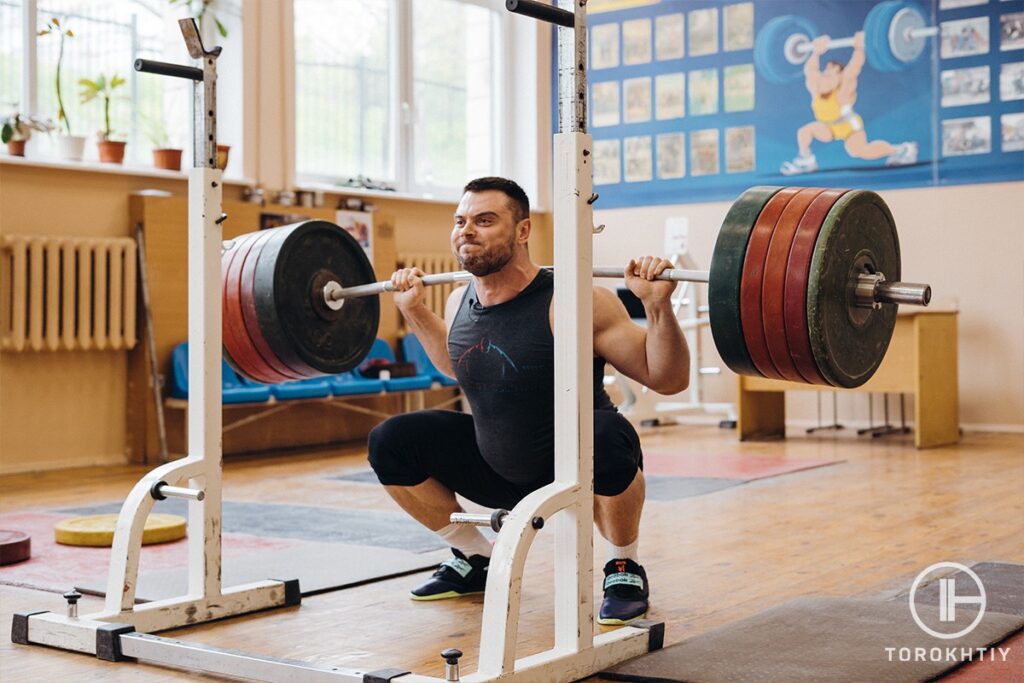
2) Overhead squat
The overhead squat is regarded as the most challenging variation of the squat. The overhead squat requires tools such as a barbell and rack, a bumper plate based on your skill level, and a pair of collars to lock everything in.
A study analyzing muscle activity and kinetics during back squats and overhead squats reveals that overhead squat produces greater muscle activity in the anterior trunk muscles. The back squats produce greater muscle activity in the posterior aspects of the trunk.
Step 1: Form Your Setup
Unrack an empty barbell from the rack. Spread your hands wide across the barbell with a double shoulder-width distance apart. Maintain a standard squat stance.
Tip: performing a back squat to full depth is vital before attempting an overhead squat.
Step 2: Figure out Your Overhead Position
Get the barbell overhead by performing a push press or a behind-the-neck press. The barbell should be positioned directly above your shoulder joint. Your arms should be behind your ears. Tilt your head forward slightly. You need to be certain that your elbows lock and stay locked throughout the workout.
Step 3: Begin Your Descent
As you slowly descend into the squat, engage your core and ensure your weight is within the center of your foot while keeping up with supporting the barbell overhead. Attempt to sit straight downward.
Step 4: Move Out of The Hole
Once you’re as low as possible, return to the starting position in reverse, and push out of the base of the squat with your quads and glutes. Ensure the barbell remains stationary overhead as you attempt this.
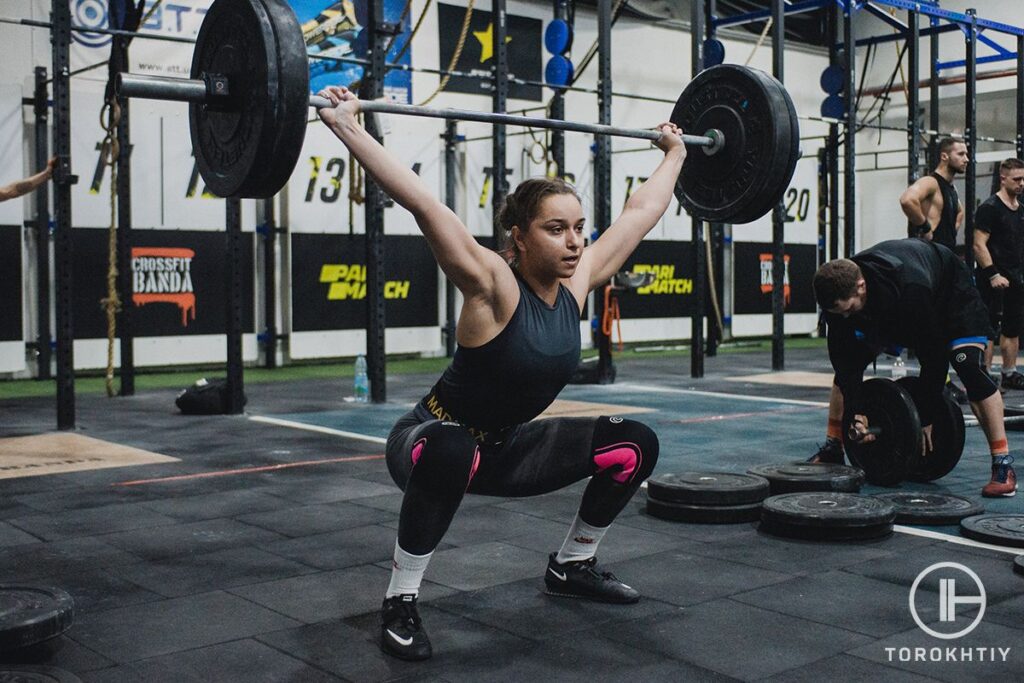
3) Front squat
A front squat is similar to the back squat, but the difference is that the barbell is positioned on the front side of the shoulders rather than the upper back.
A study investigating the biomechanical comparison between front squats and back squats suggests that both front and back squats are effective in overall muscle recruitment. However, front squats are more beneficial for an individual’s long-term joint health and those with knee problems.
Another study analyzing popular variations of squats suggests that front squats focus more on quadriceps muscles than other squat variations.
Here are the steps to perform a front squat:
Step 1: Breath in, brace your core, and draw your shoulder blades down and back.
Step 2: Sit your hips back, bend your knees, and force your knees out to lower into the squat. Ensure your chest and elbows are up throughout the rep.
Step 3: Keep bending your hips and knees until your thighs parallel the ground or lower if it is comfortable for you.
Step 4: Drive through your foot to stand out of the squat as though you are pushing the ground away. You should feel your quads and glutes doing most of the work. Flex your glutes to straighten your hips at the top of the Squat.
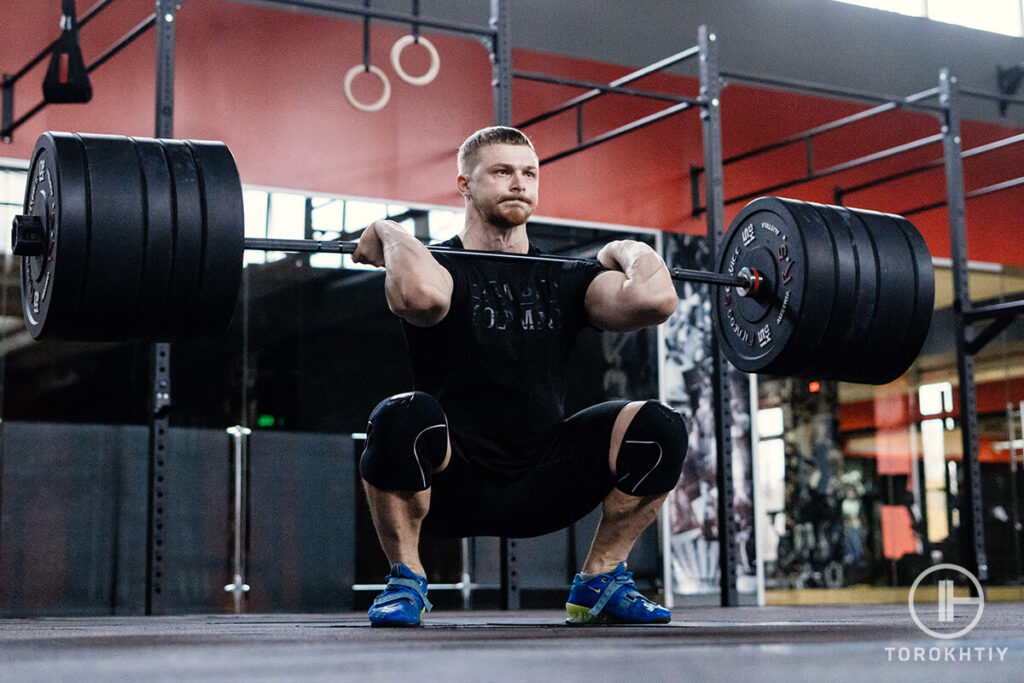
4) Zercher squat
Zercher squat is a form of squat where you hold the barbell in the crease of your arms while squatting up and down.
Step 1: Set the rack up just beneath your elbow
Step 2: Place the bar in the crease of your elbows
Step 3: Ensure your elbows are tight
Step 4: Clasp hands together or have palms facing the ceiling
Step 5: Move hips under the bar, take a deep breath, and move it up from the rack
Step 6: Take a few steps back, place the bar on the floor, and grab more air if you can
Step 7: Bend down until your elbows touch your thighs or come in between
Step 8: Assume your standing position, and repeat.
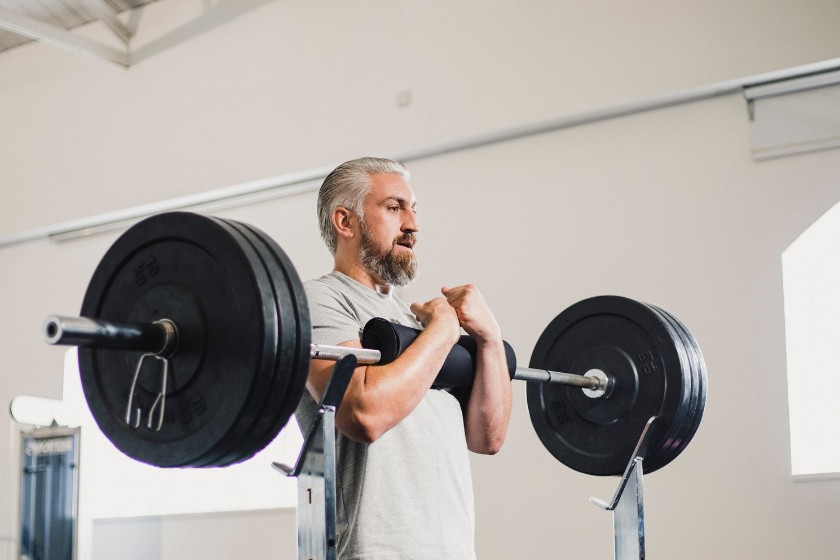
FAQ
Where should the bar be when squatting?
The bar should be placed on the base of the shoulders for a high bar squat and sit across the upper back for a low bar squat. However, several factors such as workout goals, performance needs, muscle targeted, and form affect the bar’s position when squatting.
Is low bar squat bad for your back?
Low bar squat is not bad for your back. However, if you perform it wrongly, you may hurt your back.
Is squatting with a bar in front better than back?
No. Squatting with a bar in front and at the back has their pros and cons. However, this depends on your personal preference and workout goals.
Conclusion
Squatting helps to improve flexibility, and range of motion and strengthens the core.
Workout goals, form, and targeted muscles are some factors that affect squat placement.
Performing squats wrongly will affect performance, increase the risk of injuries, and prevent one from achieving one’s weightlifting goals.
How frequently do you perform squats? Did you experience any challenges? What’s your favorite variation of squatting? Do you prefer high bar squats or low bar squats? Share your thoughts in the comments.
Referenses:
- Van Den Tillaar, R., Knutli, T. R., & Larsen, S. (2020). The effects of barbell placement on kinematics and muscle activation around the sticking region in squats. Frontiers in Sports and Active Living, 2. DOI: 10.3389/fspor.2020.604177
- Myer GD, Kushner AM, Brent JL, Schoenfeld BJ, Hugentobler J, Lloyd RS, Vermeil A, Chu DA, Harbin J, McGill SM. The back squat: A proposed assessment of functional deficits and technical factors that limit performance. Strength Cond J. 2014 Dec 1;36(6):4-27. doi: 10.1519/SSC.0000000000000103. PMID: 25506270; PMCID: PMC4262933.
- Aspe RR, Swinton PA. Electromyographic and kinetic comparison of the back squat and overhead squat. J Strength Cond Res. 2014 Oct;28(10):2827-36. doi: 10.1519/JSC.0000000000000462. PMID: 24662228.
- Gullett JC, Tillman MD, Gutierrez GM, Chow JW. A biomechanical comparison of back and front squats in healthy trained individuals. J Strength Cond Res. 2009 Jan;23(1):284-92. doi: 10.1519/JSC.0b013e31818546bb. PMID: 19002072.
- Deniz, E., & Ulas, Y. H. (2019). Evaluation of muscle activities during different squat variations using electromyography signals. Advances in Intelligent Systems and Computing, 859–65. DOI: 10.1007/978-3-030-35249-3_114
- Photo by gettysignature canva.com
Why Trust Us?
With over 20 years in Olympic Weightlifting, our team does its best to provide the audience with ultimate support and meet the needs and requirements of advanced athletes and professional lifters, as well as people who strive to open new opportunities and develop their physical capabilities with us.
By trusting the recommendations of our certified experts in coaching, nutrition, dietology, and sports training programming, as well as scientific consultants, and physiotherapists, we provide you with thorough, well-considered, and scientifically proven content. All the information given in the articles concerning workout programming, separate exercises, and athletic performance, in general, is based on verified data. We ensure that you can rely on our professionals’ pieces of advice and recommendations that can be treated as personalized ones which will benefit you and fully meet your needs.
The product testing process is described in more detail here
Author: Sergii Putsov
Head of Sport Science, PhD
Best Results: Snatch – 165 kg,
C&J – 200 kg
Sergii Putsov, Ph.D., is a former professional weightlifter and National team member, achieving multiple medals in the 94 kg weight category at national competitions. With a Master’s degree in “Olympic & Professional Sport Training” and a Sport Science Ph.D. from the International Olympic Academy, Greece, Sergii now leads as the Head of Sport Science. He specializes in designing training programs, writing insightful blog articles, providing live commentary at international weightlifting events, and conducting educational seminars worldwide alongside Olympic weightlifting expert Oleksiy Torokhtiy.

